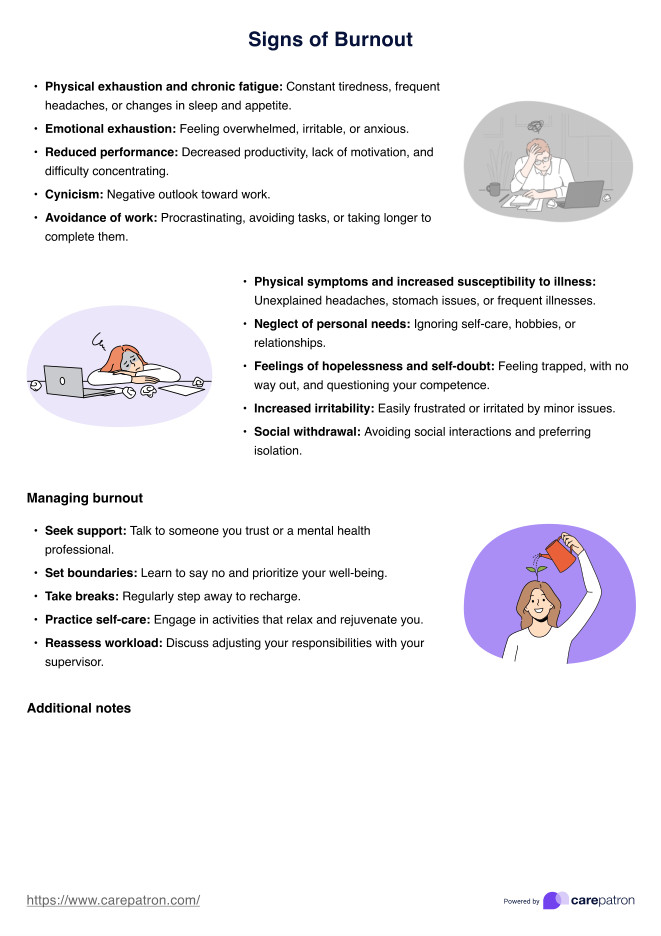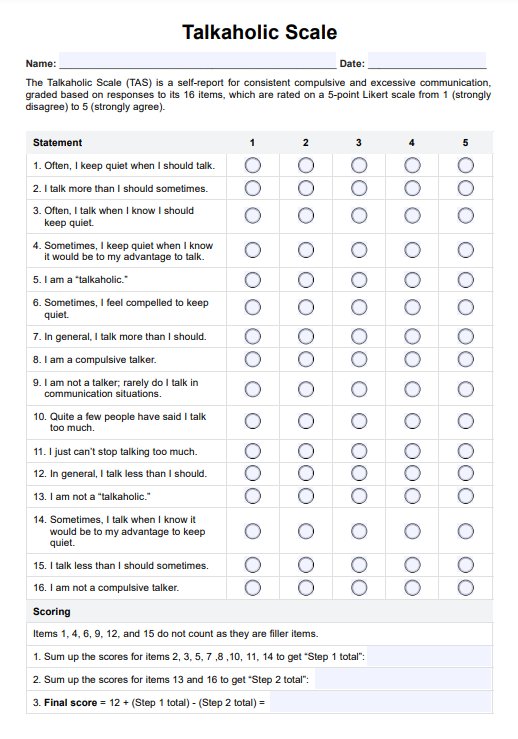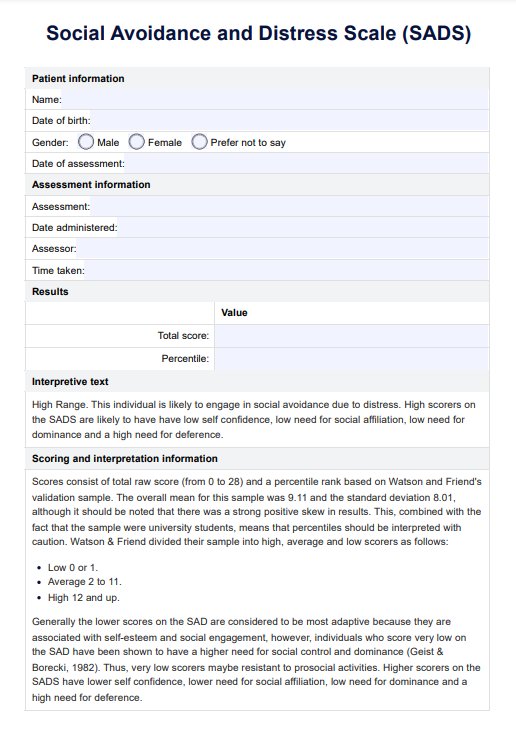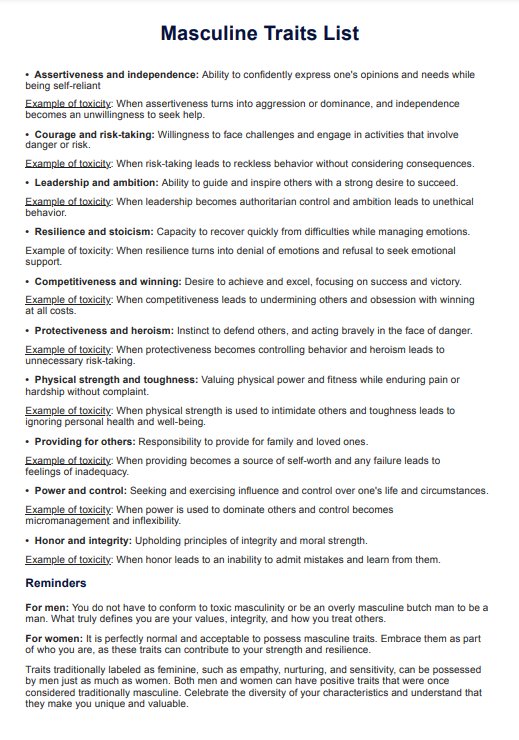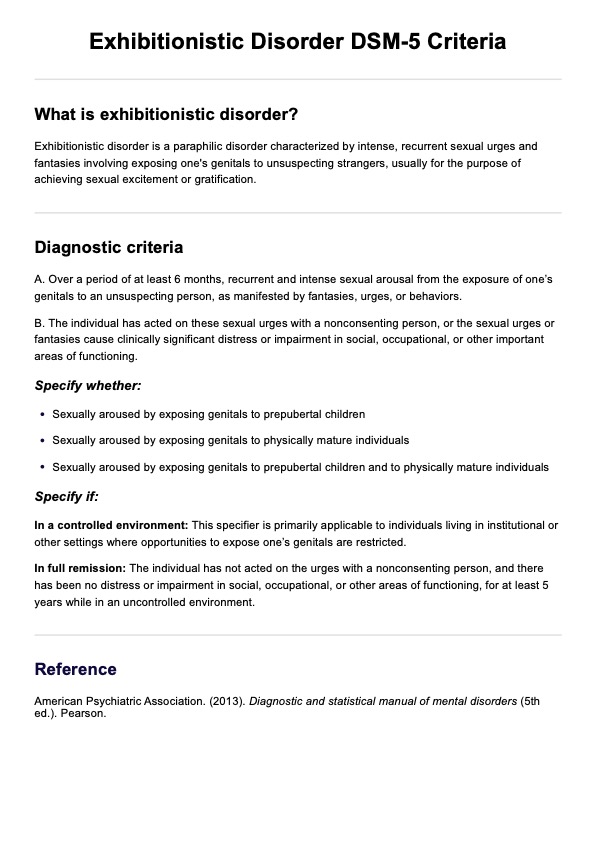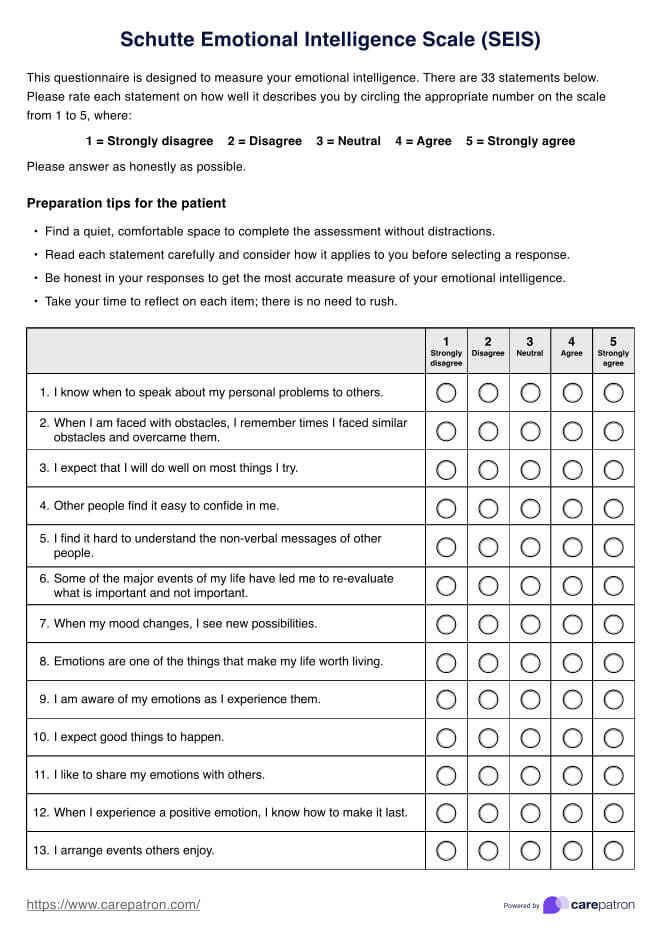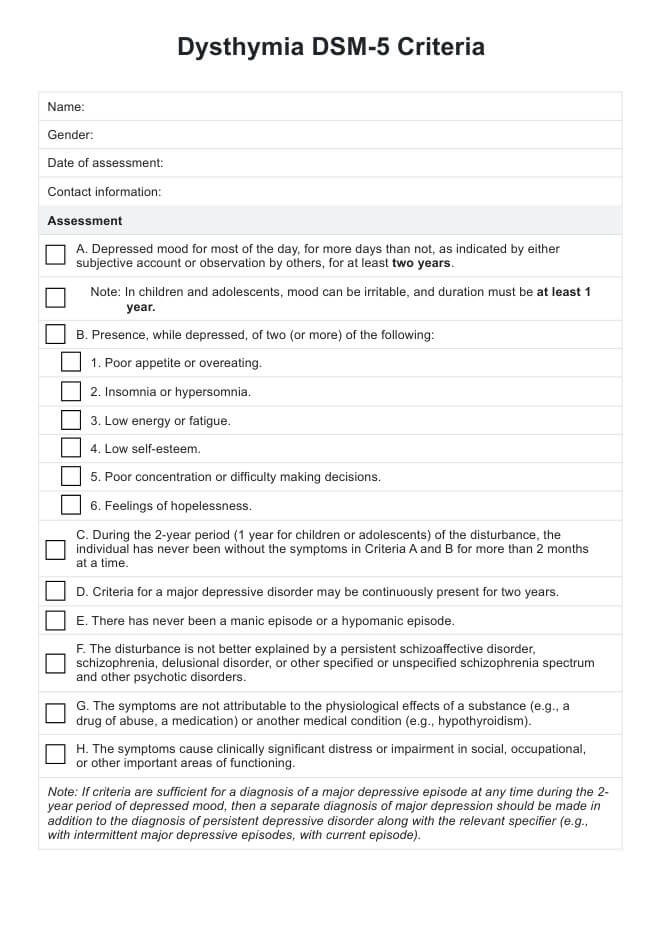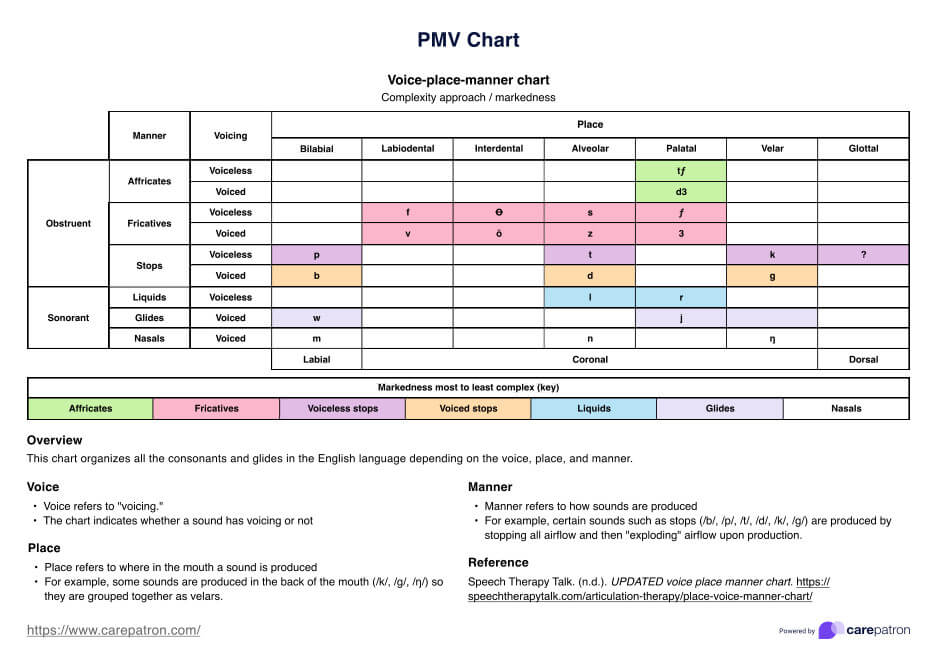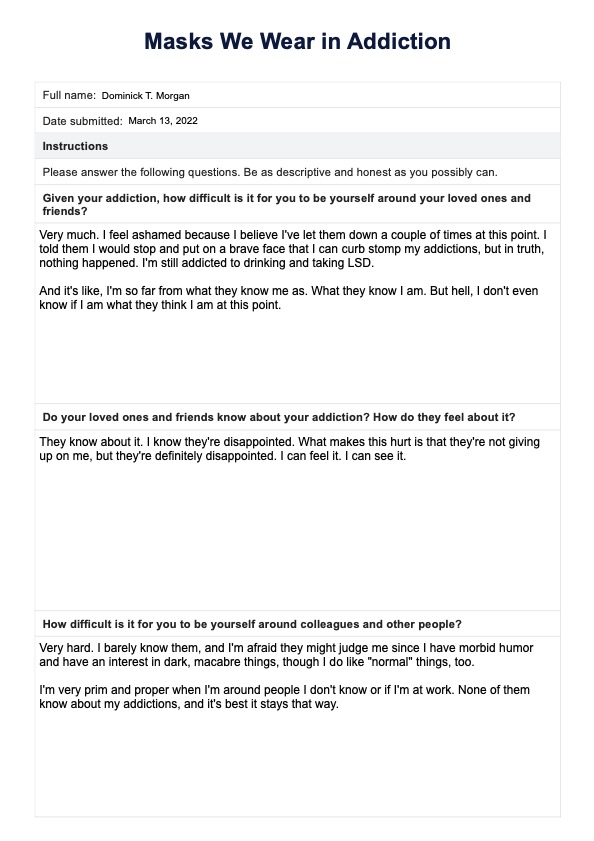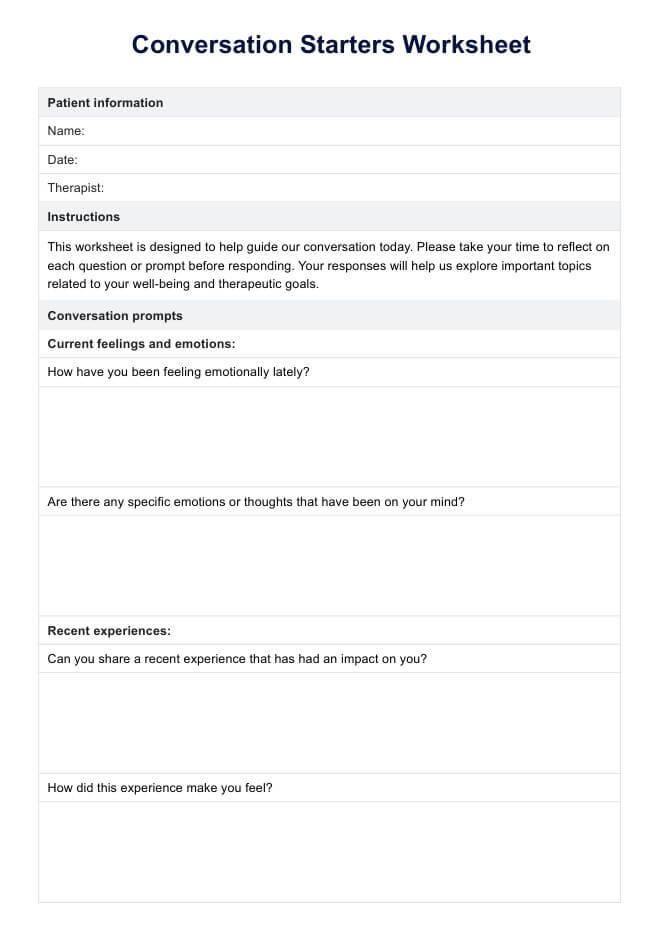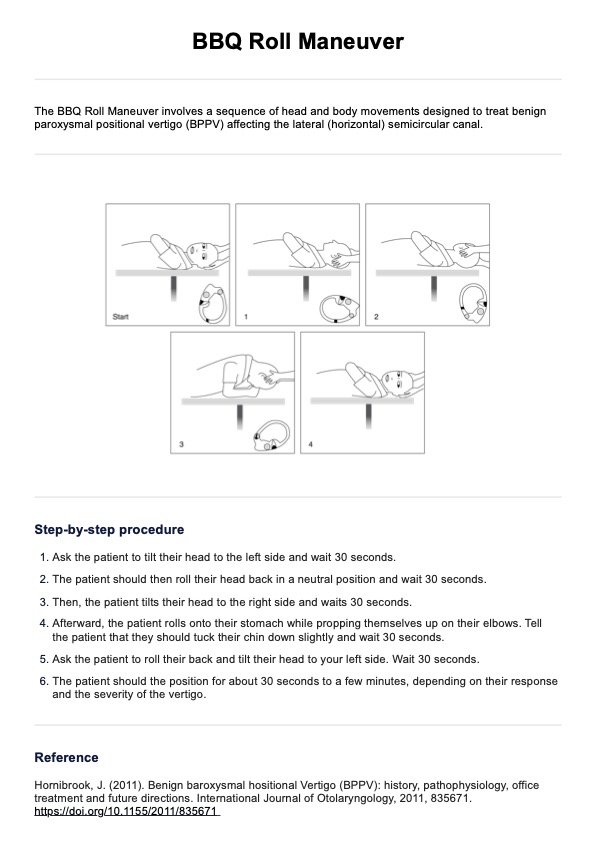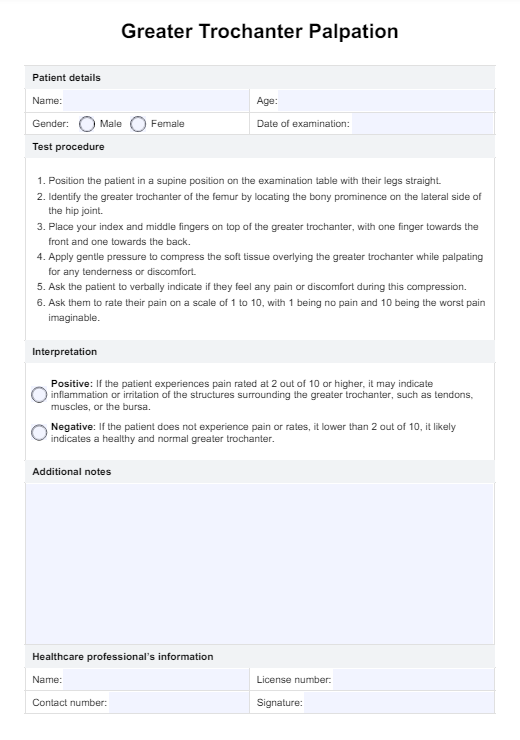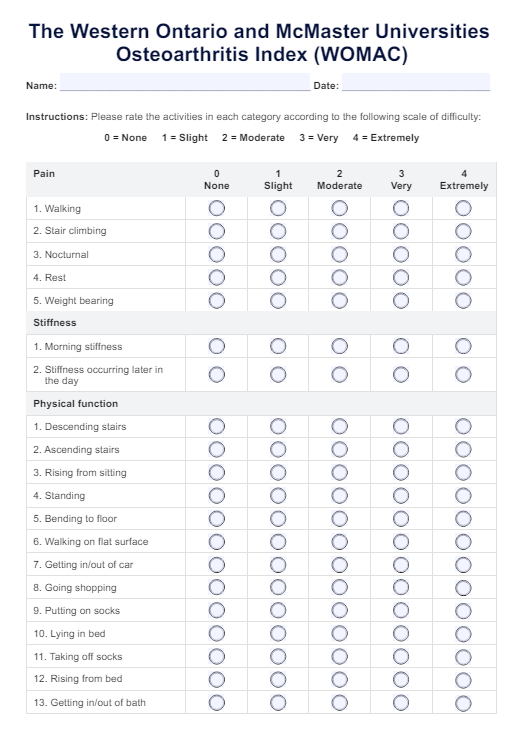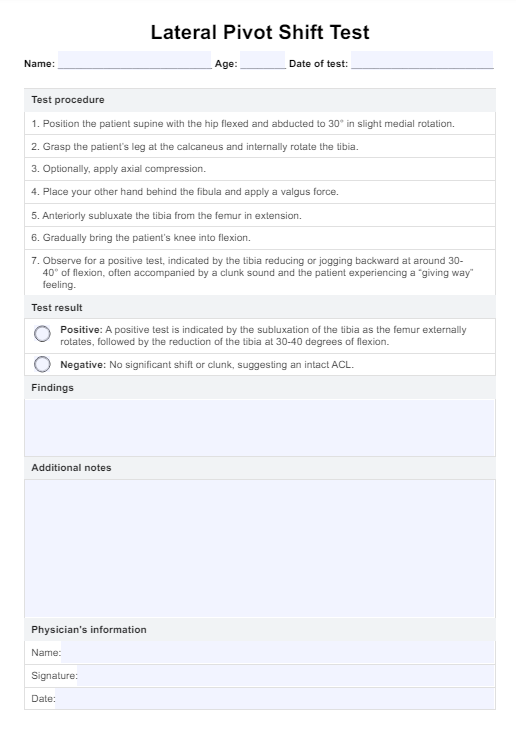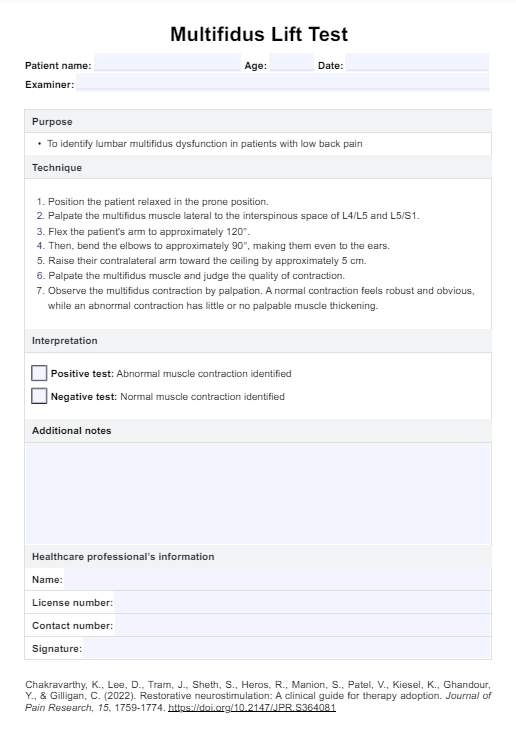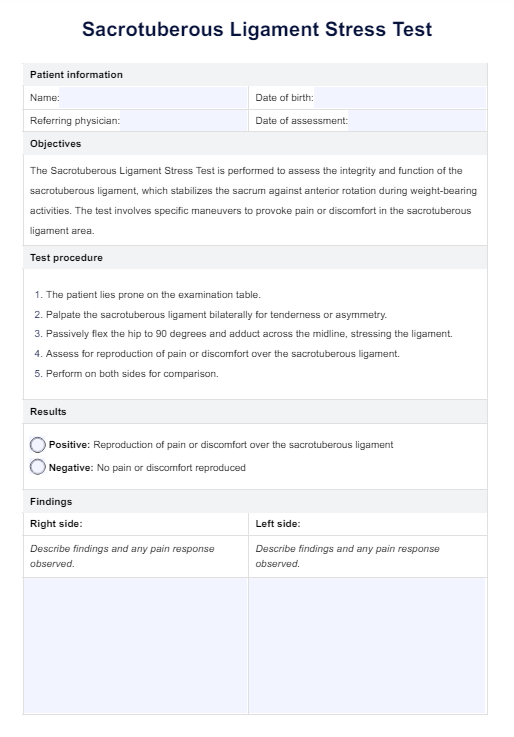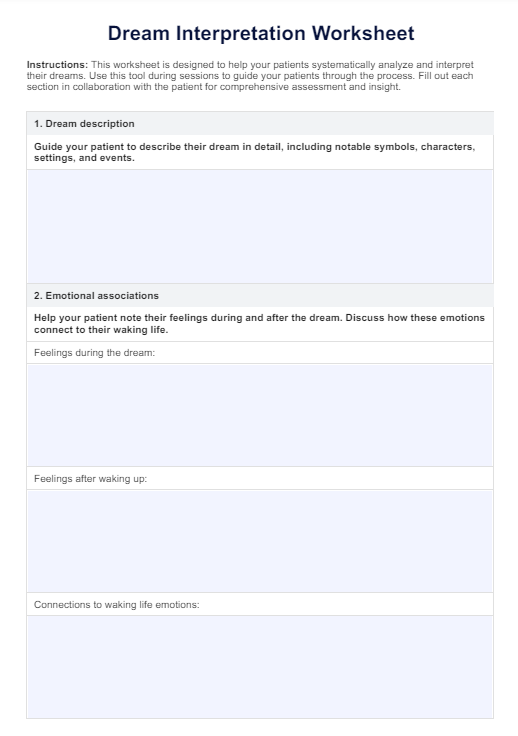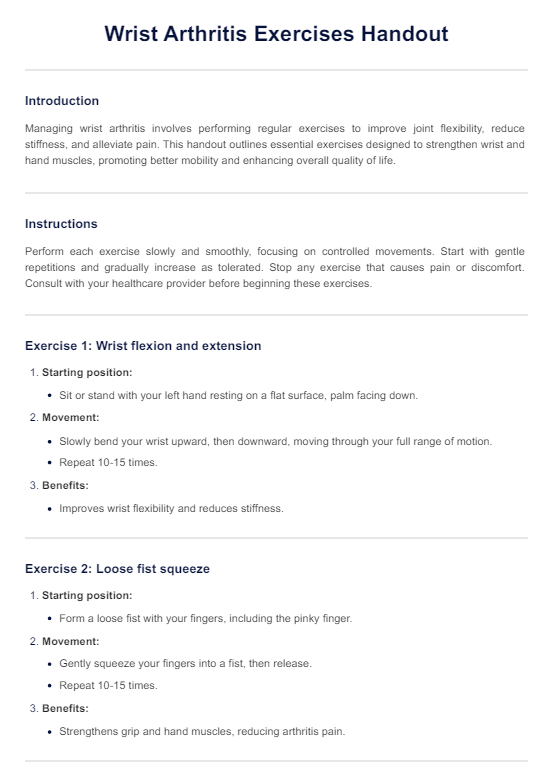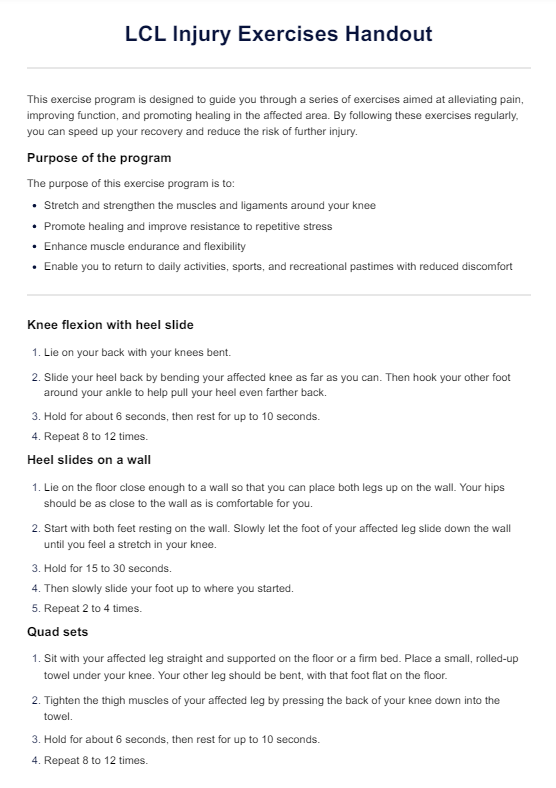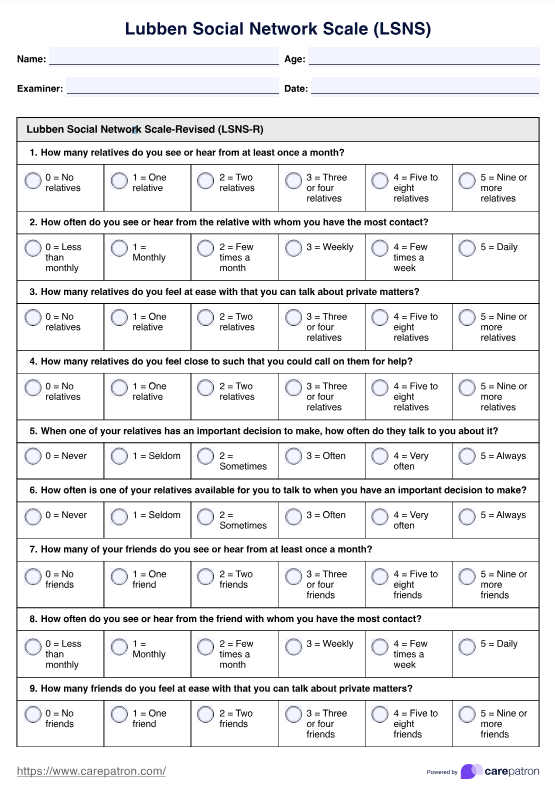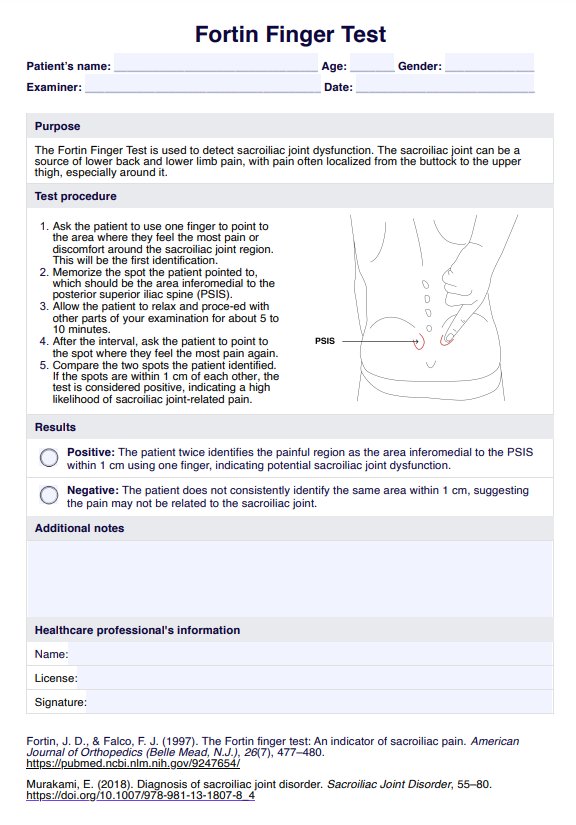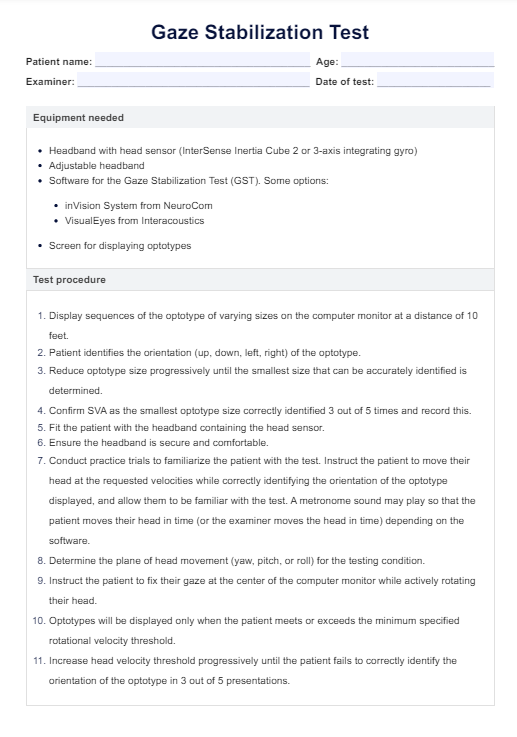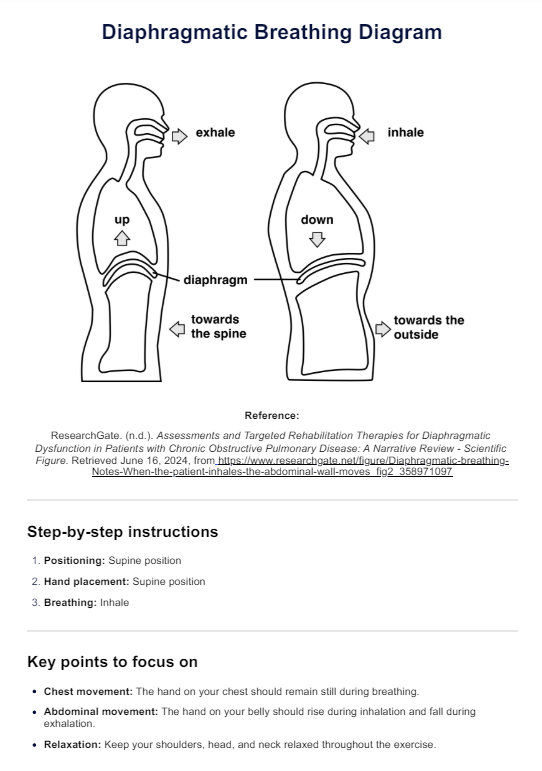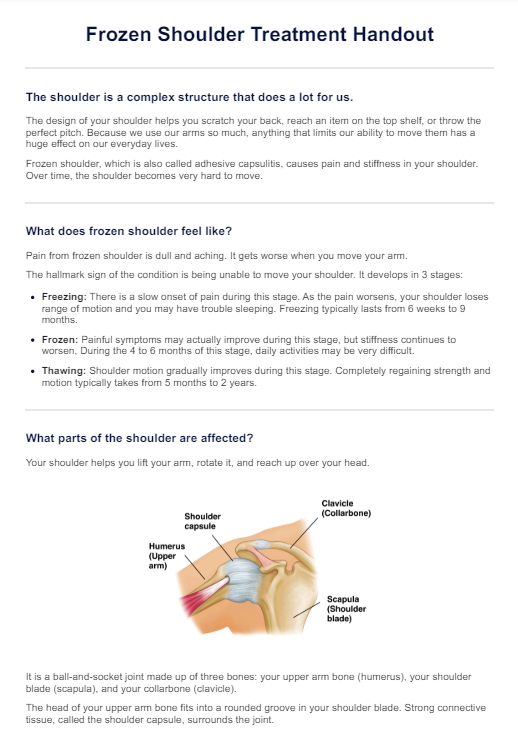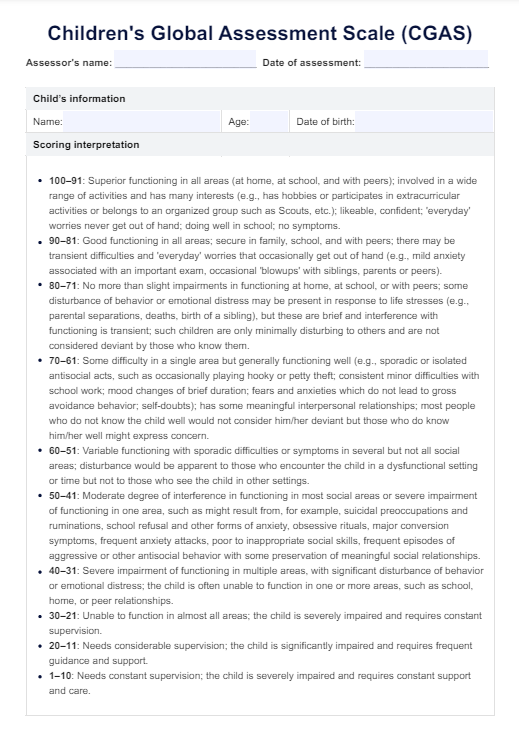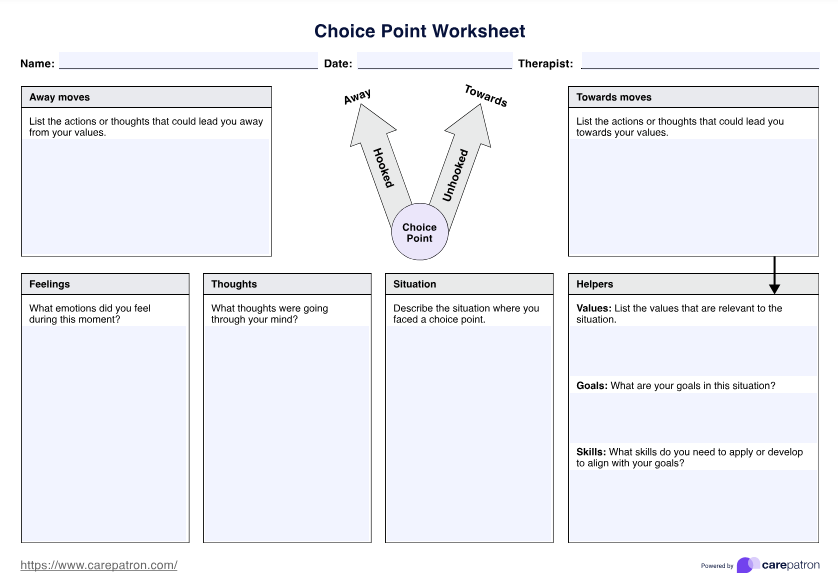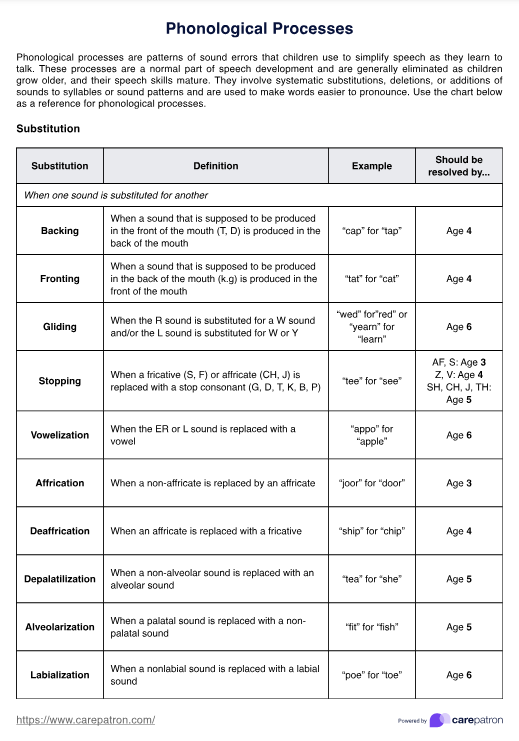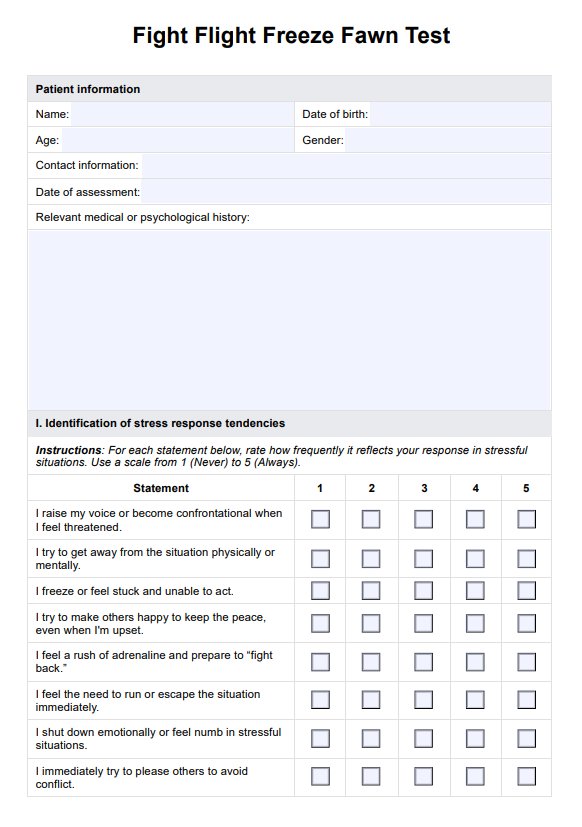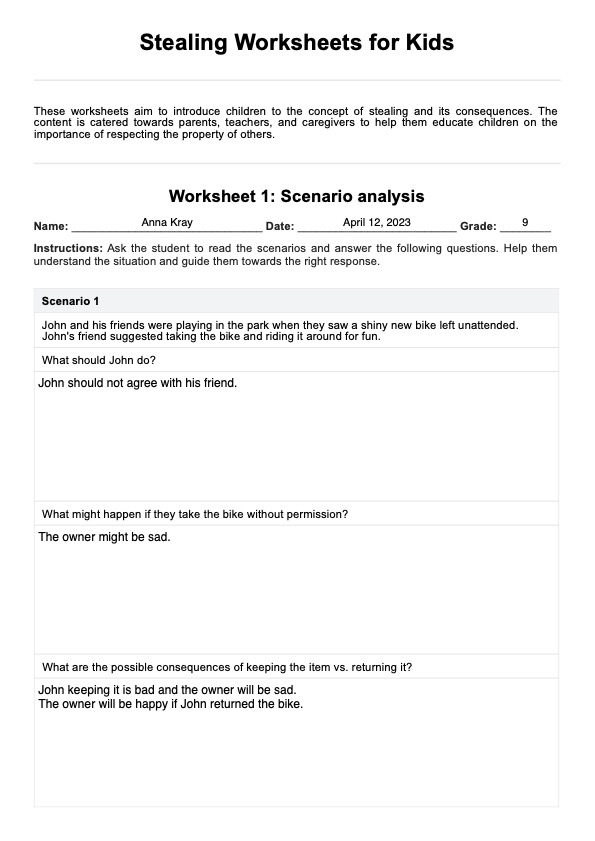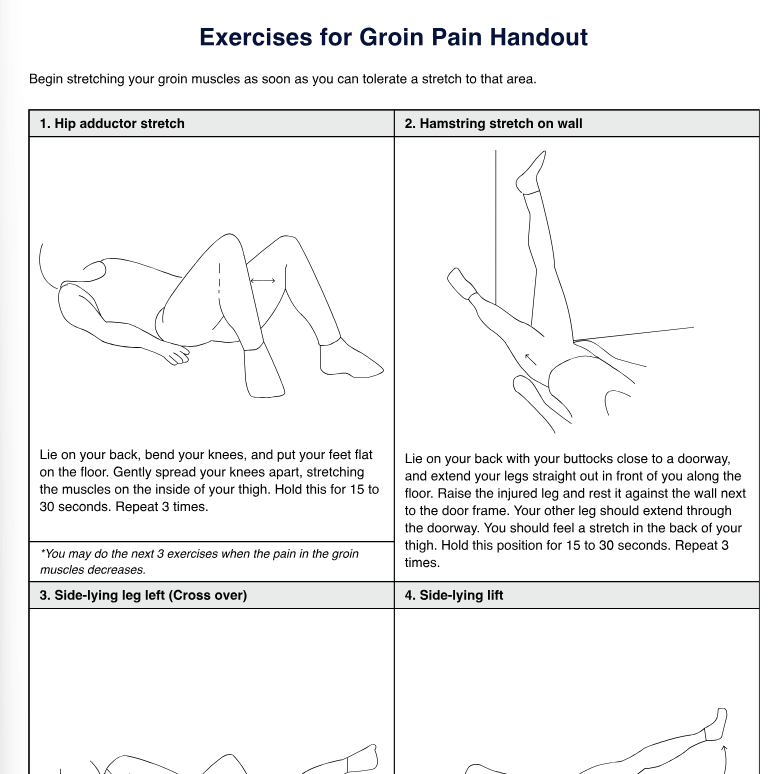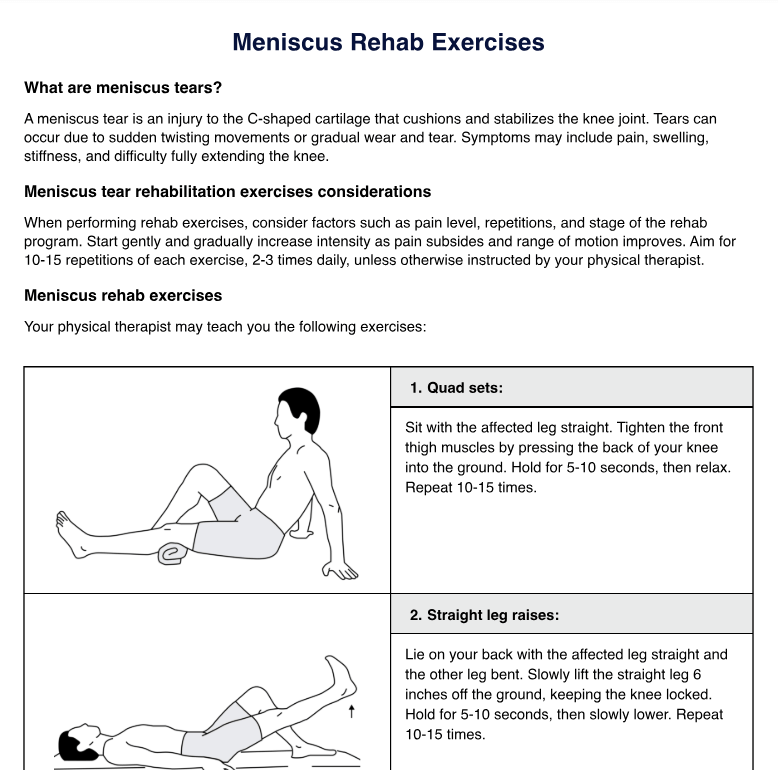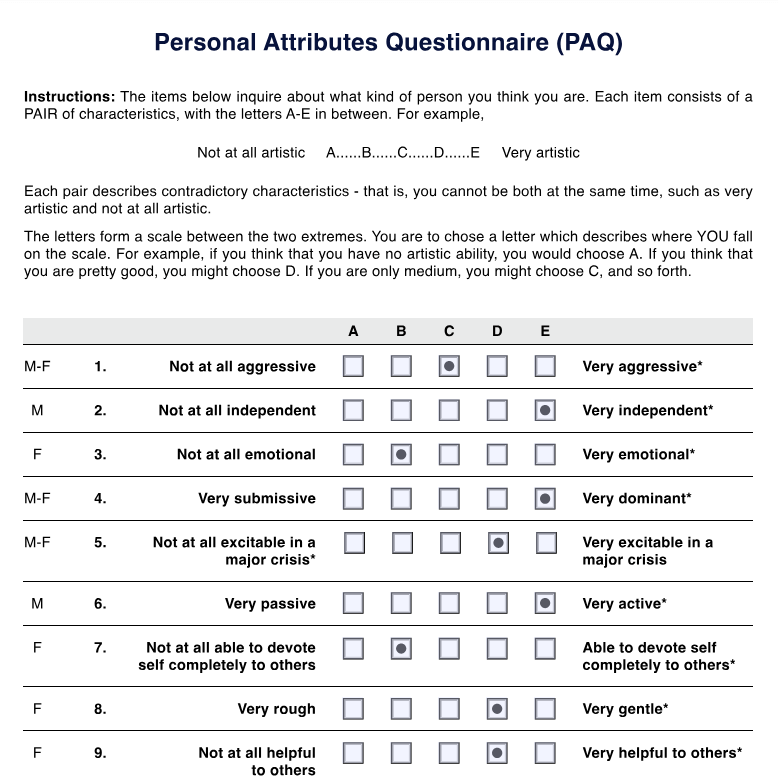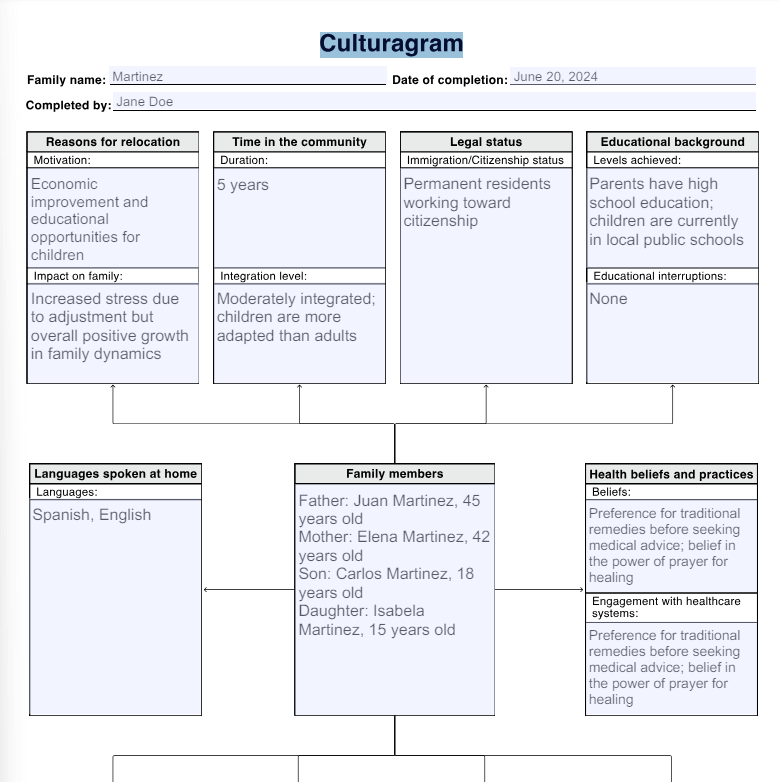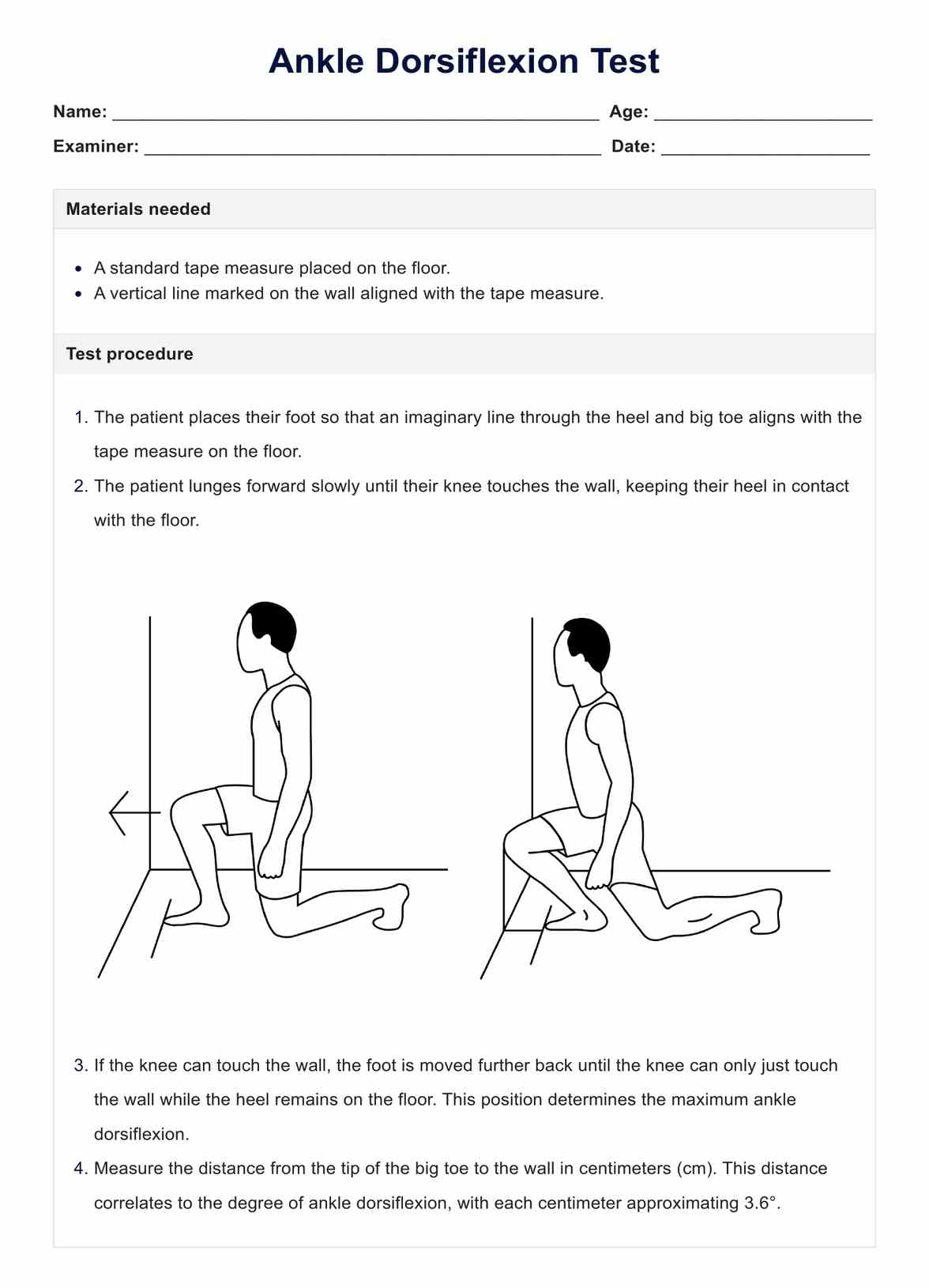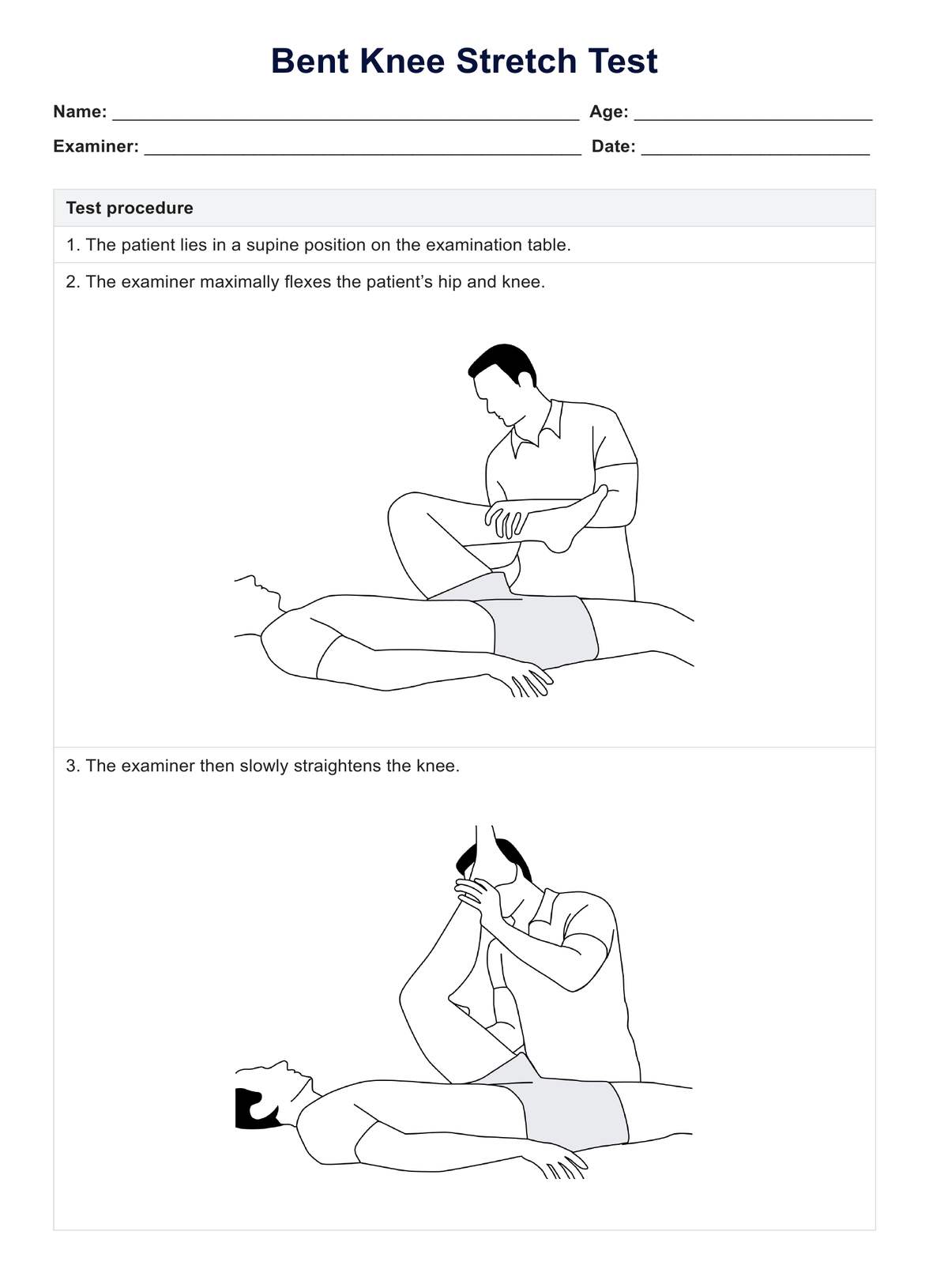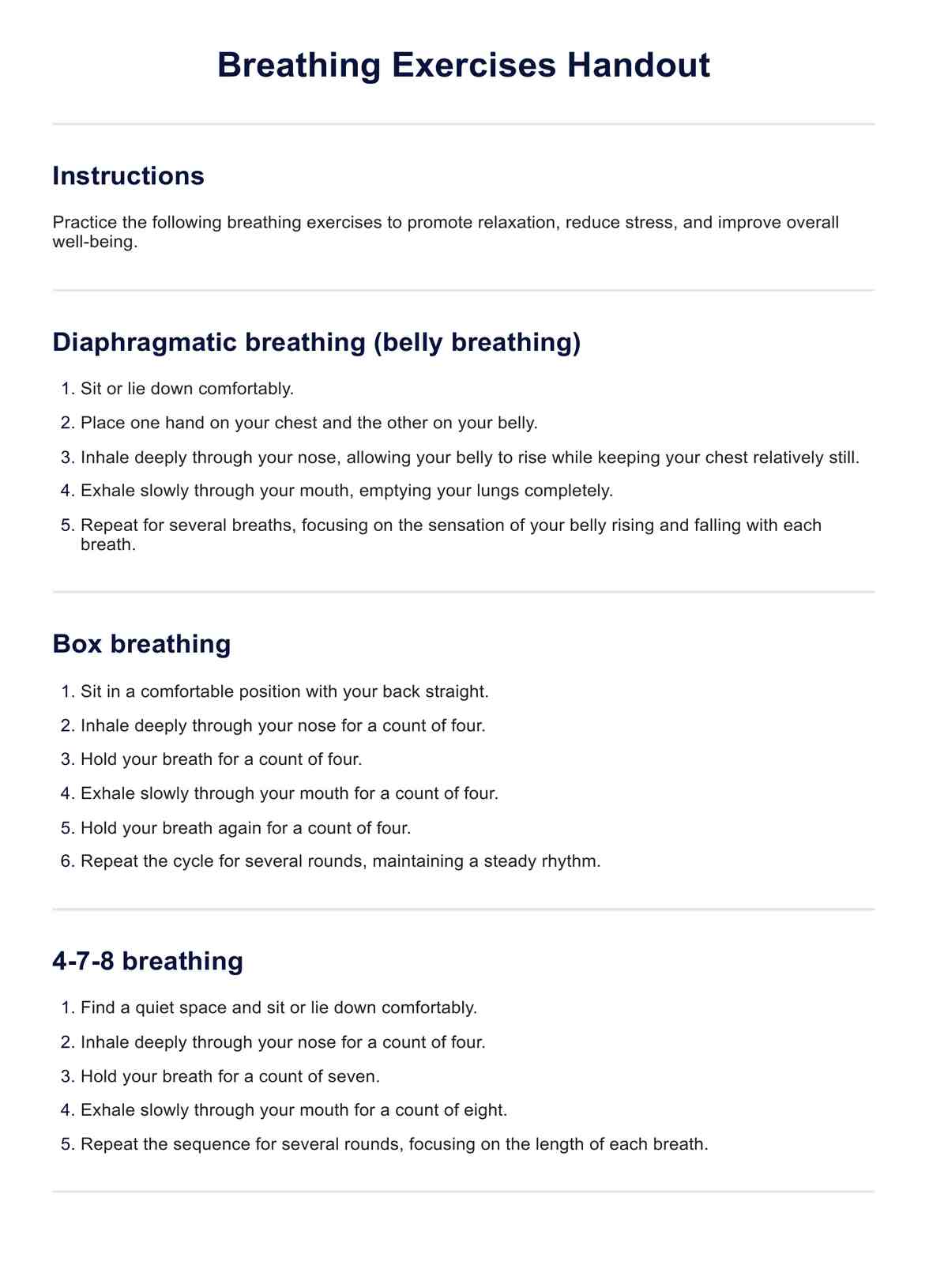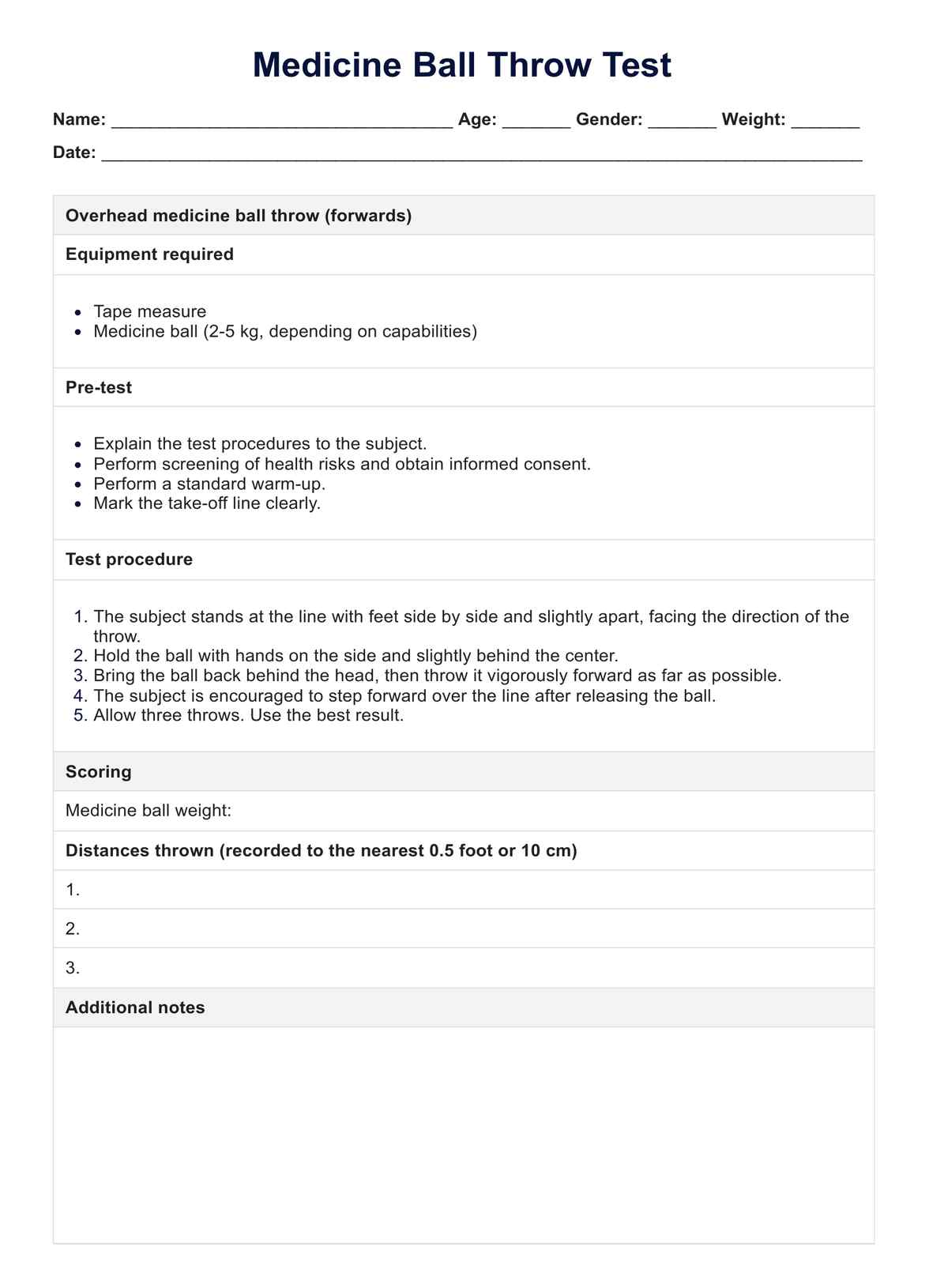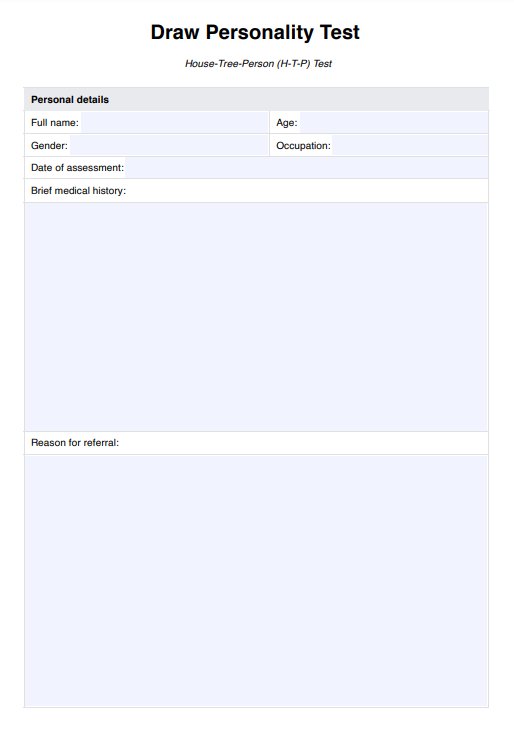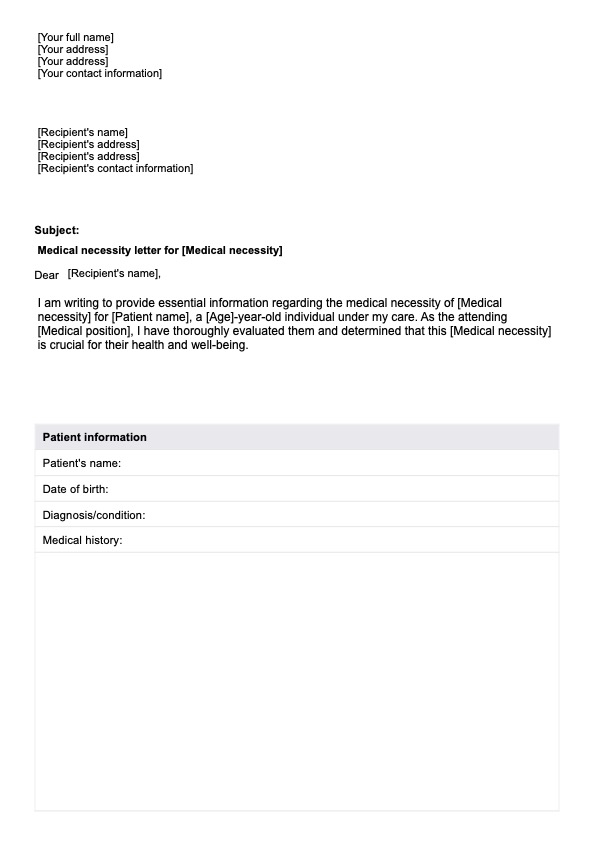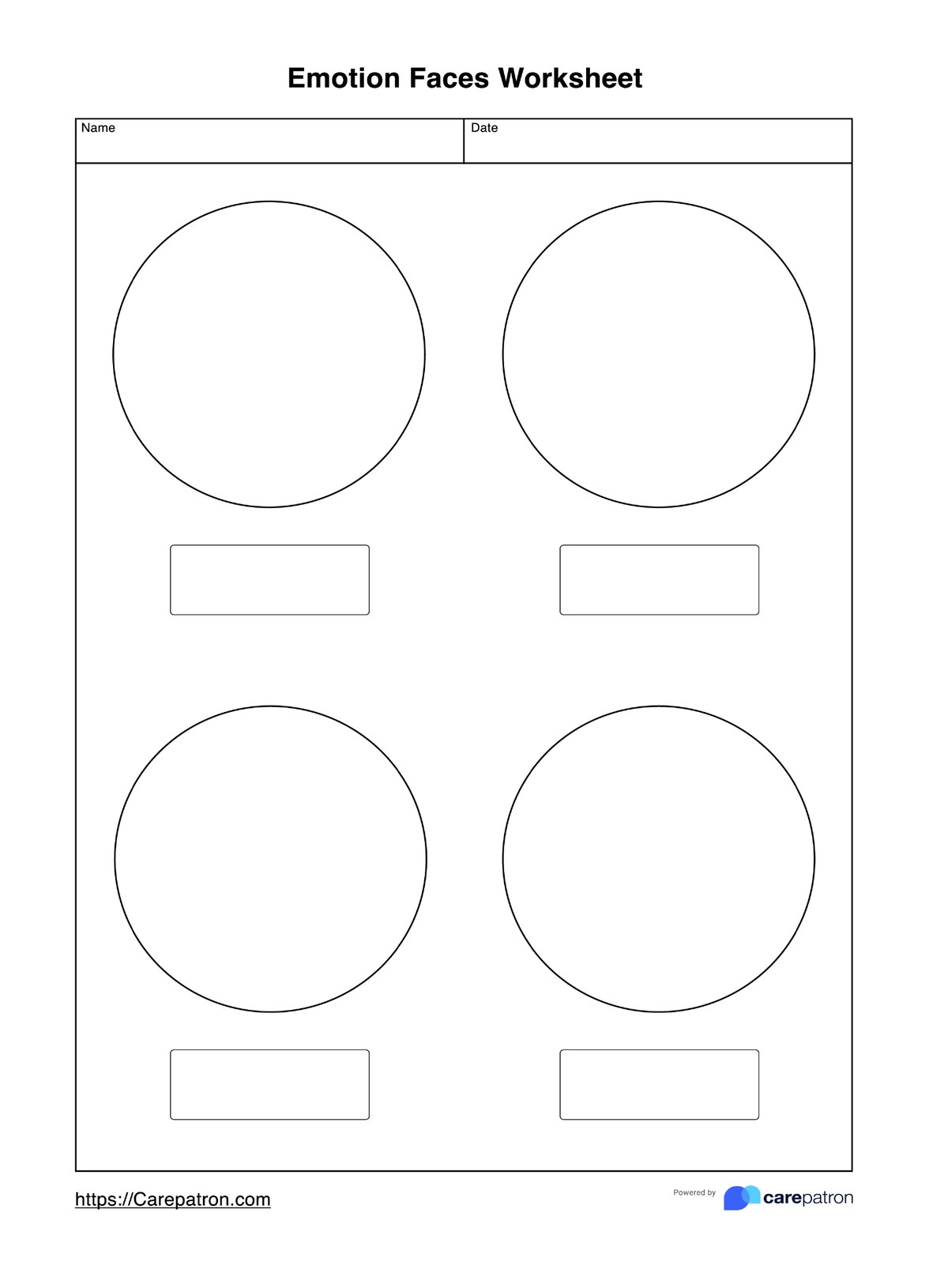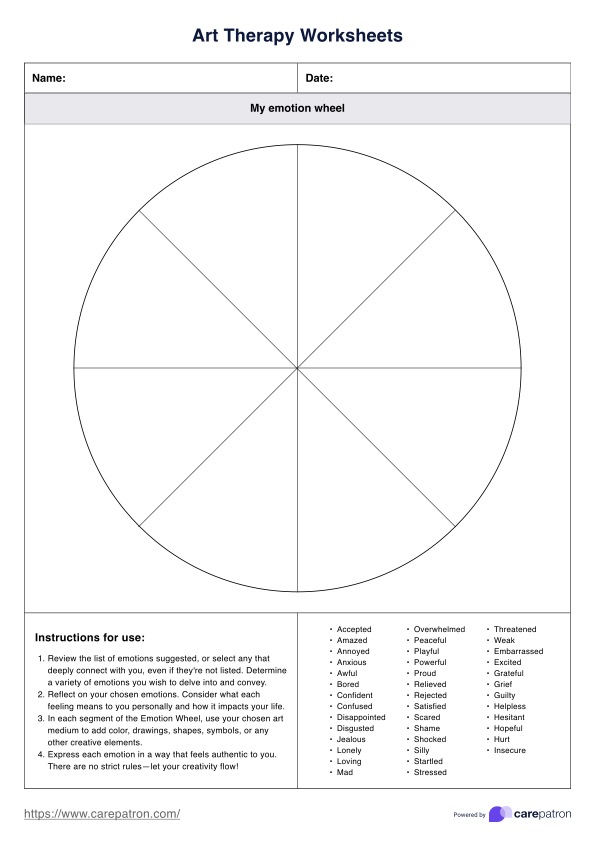Art Therapy Worksheet
Give your client a Personal Coat of Arms Art Therapy Worksheet so they can create symbols that represent themselves and/or their families.


What is a Personal Coat of Arms Art Therapy Worksheet?
A coat of arms was an invention back in medieval Europe. They come in the form of a crest and are used to represent specific individuals, families, or even groups. These crests typically have an image in the middle (usually an object or an animal). They are sometimes divided into four sections, each depicting an object or an animal representing an aspect of the individual, family, or group. These symbols are emblazoned on garments, shields, and armor, and they are often taken into battle so others know who they are up against.
Nowadays, though people can still create their own coat of arms to serve their original purpose, other professionals, such as art therapists, have taken the personal coat of arms and have considered making one as one of the art therapy activities. With activities and worksheets such as this, healthcare professionals can more easily accomplish the goal of art therapy, which is, according to the American Art Therapy Association (2022), to enrich the lives of individuals, families, and communities through active art-making, applied psychological theory, and more.
The Personal Coat of Arms Art Therapy Worksheet is something that clients can work on to draw or paint what they believe best represents themselves in the context of a prompt, thus serving as a powerful visual representation of their identity, values, or aspirations.
By having clients engage in creating art, therapists can note down recurring themes/motifs from the works they produce, especially when they involve symbols. What they depict in their coat of arms can be used as points for discussion, especially if what they depict has been recurring in other digital and printable art therapy worksheets.
Art Therapy Worksheet Template
Art Therapy Worksheet Example
How to use the Personal Coat of Arms Art Therapy Worksheet
Here's how to use our free and printable template:
Step 1: Download the worksheet
Access the template by clicking "Use template" for a copy you can edit via the Carepatron app. For a PDF version, click "Download."
Step 2: Give your client a copy
After having materials provided, such as colored pencils, paints, and clay, it's time to give your client a copy. Explain how it works and how it can help them create their own personal representation and reflect on their journey.
Step 3: Choose your approach
As an art therapist, how you guide your client through the coat of arms exercise will depend on their unique needs, comfort level, and the therapeutic goals you are working towards. There are two primary approaches to help them engage with this exercise:
- Free-form: The first approach is free-form, where you instruct your clients to draw or paint a coat of arms and incorporate symbols that they believe best represent their self-perception. There are no restrictions on what they choose to include. Emphasize that the banner at the bottom of the crest should contain a word summarizing all the depicted images for each section. This word can be a quote or slogan as long as it aligns with what is depicted.
- Providing specific art therapy prompts: The second approach involves providing specific prompts. This works best when you know the client’s mental health condition and a sense of its underlying causes. For instance, if work is a significant contributor to their mental health problems, you can prompt them to depict themselves with symbols related to their work identity. Similarly, you can prompt them to visualize and illustrate their future self, reflecting on their aspirations and emotions. You can also prompt them to portray themselves as a family member or member of a particular group, such as their friend circle.
Step 4: Ask the client to answer the guided questions
Use the guided questions to help clients reflect on their creations and deepen their understanding. Encourage open-ended responses and let them guide the conversation. Their answers can provide valuable insights and help you tailor the therapeutic process to their needs.
Whatever approach they decide, ensure that you, as a professional art therapist, create a safe and supportive environment to help them feel comfortable and confident in their creative expression, which may lead to deeper self-awareness and emotional healing.
When to best use the Personal Coat of Arms Art Therapy Worksheet?
There are numerous situations when the coat of arms template can be used. In fact, it has shown great success in engaging clients and demonstrates promising outcomes when integrated with other therapeutic methods. Should you need more specific instances of when it's best to use this worksheet in your sessions, keep reading below:
During the first sessions of an art therapy program
The initial phase of your art therapy program is an opportune time to introduce the first approach. This is particularly valuable when you are still getting acquainted with your client. While some individuals may find it effortless to discuss their concerns, others might struggle not because they lack the desire to express themselves but due to articulation difficulties. In such cases, worksheets like this one can serve as a helpful tool.
While helping clients work through problems
Once the introductory phase of the therapy program is completed, worksheets continue to serve as a valuable tool for problem-solving. Firstly, they provide clients with a means to express themselves, offering an outlet for their emotions. Secondly, these worksheets allow clients to portray themselves or aspects of themselves that require focused attention during the therapeutic process. These depictions can encompass both negative and positive aspects.
Negative depictions can help in identifying the precise sources of distress for the client. By pinpointing these sources, you can then teach them specific skills and offer suggestions on how to effectively address these problems. On the other hand, positive depictions can serve as a goal for the client to strive towards.
Benefits of using this Art Therapy Worksheet
With the plethora of art worksheets out there, it can be overwhelming to decide which ones to use in your sessions. To help you out, here are the benefits of using the Art Therapy Worksheet of Personal Coat of Arms.
It can help kickstart therapy programs
Worksheets like this one, in general, can help break the ice because, in the context of art therapy, they allow clients to express themselves freely. If they can express themselves freely, then they will feel safe enough in your clinic or office that they might be more willing or motivated to share things about themselves with you.
The worksheet can help identify recurring themes
The Personal Coat of Arms Art Therapy Worksheet can help therapists evaluate recurring themes or motifs in their client's creative works during art therapy programs. These themes or motifs might point to something worth noting, like symbols that convey sadness, scenes showing shattered relationships, images of people experiencing distress, images depicting isolation, etc.
It encourages goal-setting and self-expression
The worksheet can catalyze goal setting within the therapy process. By engaging with the prompts and reflecting on their depictions, clients can envision and articulate their aspirations, desires, and the positive changes they hope to achieve. This process allows them to define their goals more clearly and concretely, such as avoiding an addiction or improving their social skills.
Reference
American Art Therapy Association. (2022). What is art therapy? https://arttherapy.org/what-is-art-therapy/
Commonly asked questions
That depends on who is engaging with it. Just give the client the time to finish it during your scheduled session.
It shouldn’t be. The difficulty will come from the client having trouble expressing themselves. If they choose to reveal something about themselves through the worksheet, they might have a hard time, so give them the space and time they need.
Yes. It serves as a fun exercise and a way to pass the time. But let them know that they mustn’t substitute it for therapy. If you’re doing this for therapeutic reasons, please contact a therapist.


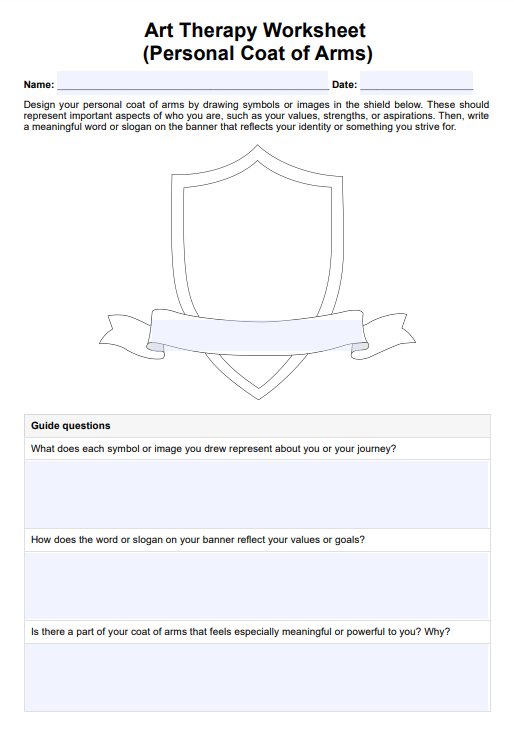
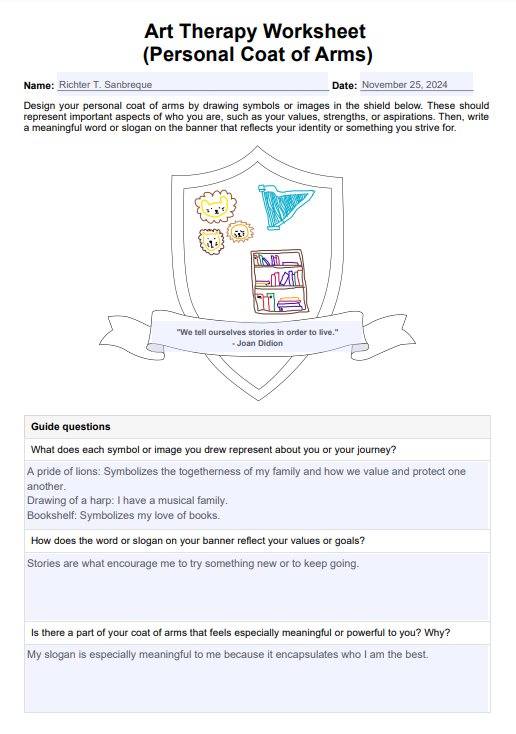

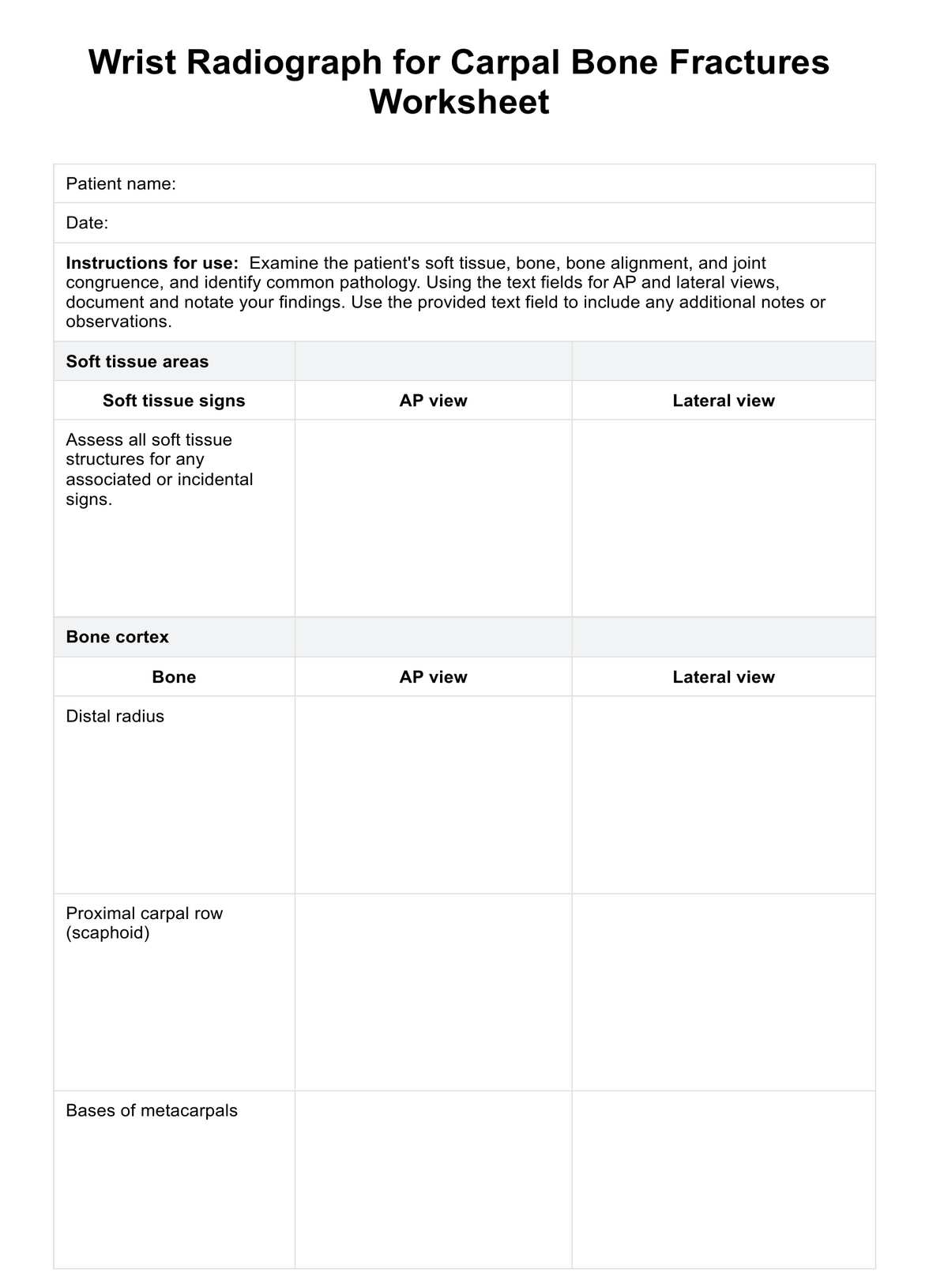
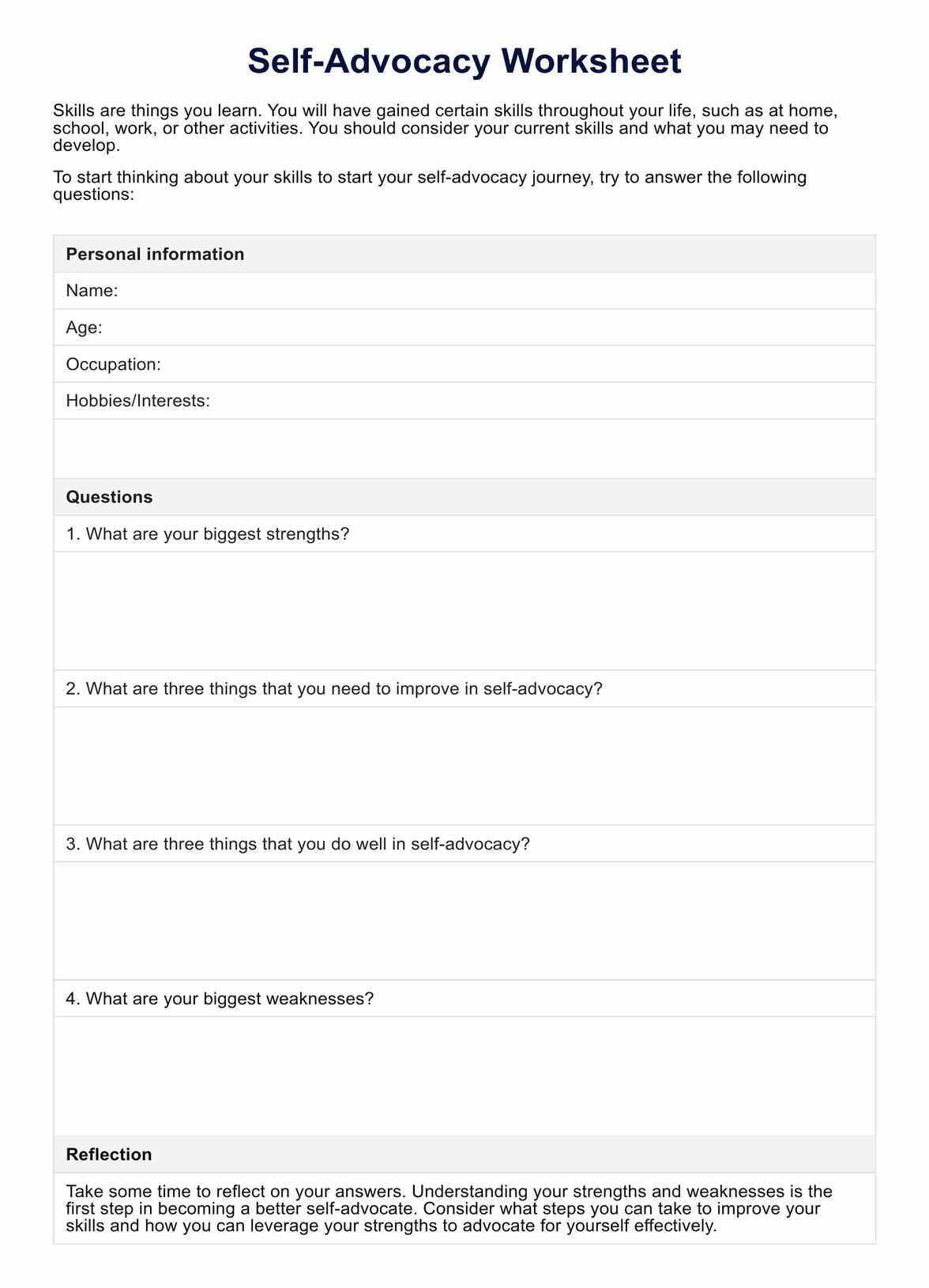
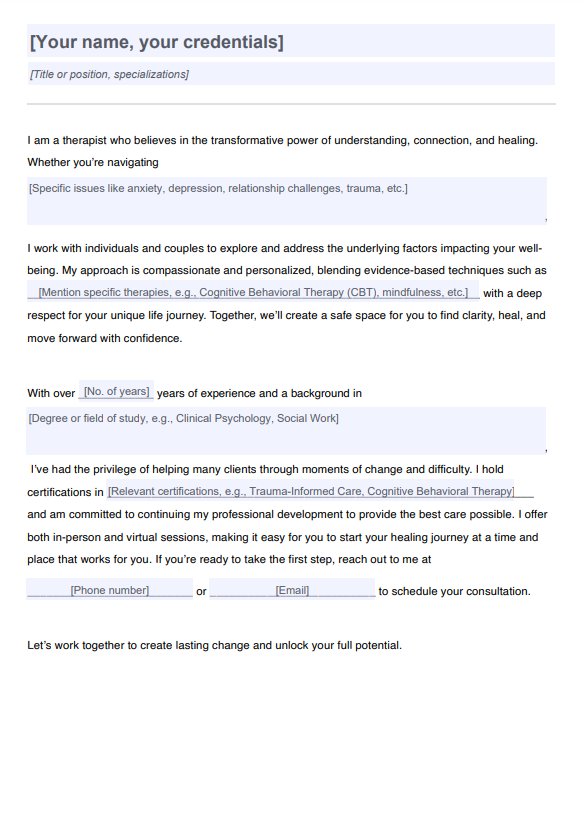







-template.jpg)












































